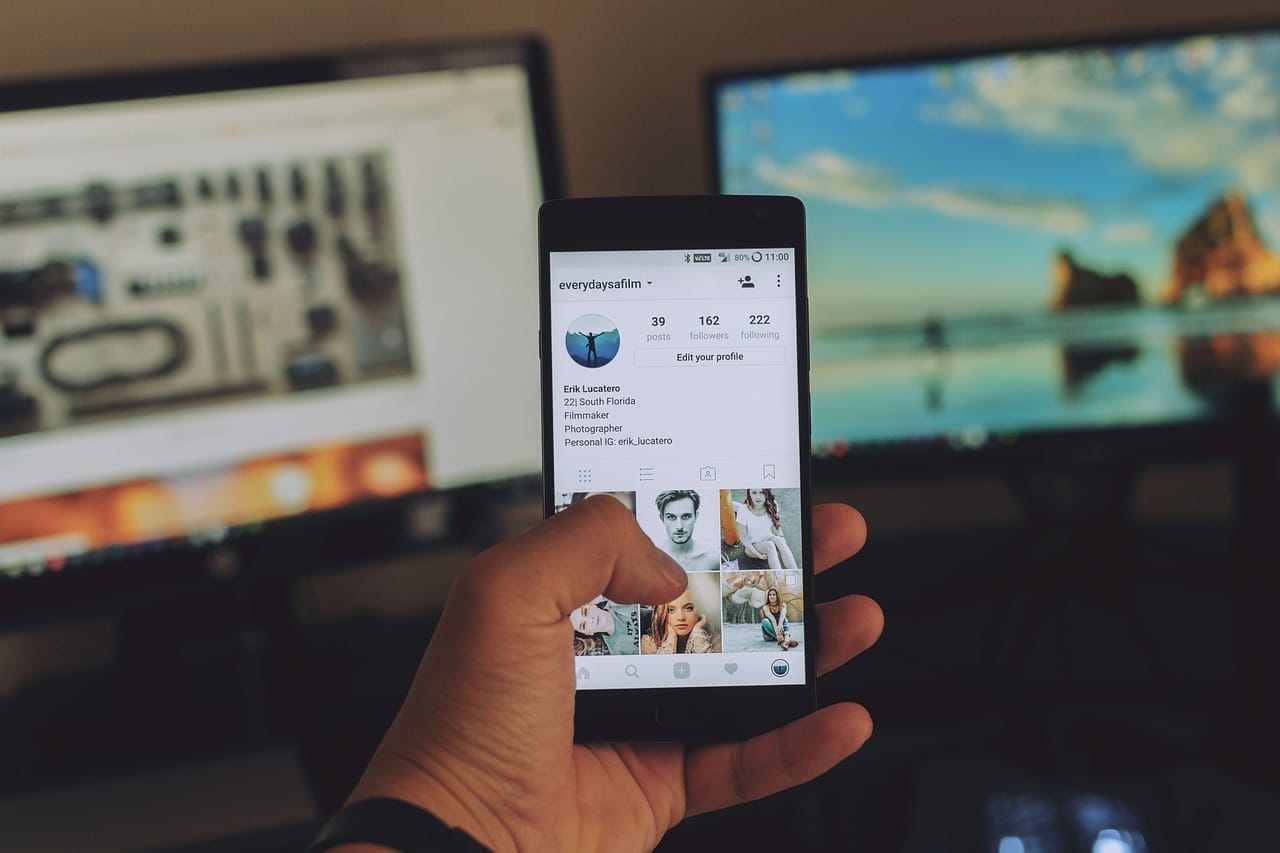You probably see it all over your social media newsfeeds. Seems like all day long, business leaders preoccupied with employee engagement are talking about employee advocacy and “gamification.” What do these buzz words mean, and why are they so beneficial to companies and employees?
At its core, employee advocacy is a marketing model that empowers people to become valuable ambassadors for their employer’s brand. Using their own social media followings, employees are encouraged to take more ownership in their company’s success by sharing their employer’s content and generating engagement around it.
The more an employee shares his or her company’s content and messaging with their followers, the more reach and brand awareness the company gains. But the company isn’t the only party that benefits from employee advocacy. Employees are embracing this marketing relationship as well because they gain new opportunities to grow their personal brands and become influencers in their field.
Because everyone involved in an employee advocacy program benefits in several significant ways, employee advocacy is being hailed as an “ultimate win-win situation” by marketers and HR leaders.
IMAGE: PIXABAY
Gamification Supercharges Employee Advocacy
The element of gamification is an added twist to employee advocacy. This is the tactic of infusing gaming aspects into a task to enhance engagement and enthusiasm among participants.
Gamification introduces competitive features such as leaderboards and scoring systems. These features motivate employees to share company content more frequently. With point systems, high achievers can earn prizes like gift cards, movie tickets, discounted dinners out as well as monetary awards and charitable donations in their names. While the primary employee motivation for an advocacy program should be the personal branding opportunities, gamification adds motivational gasoline to the fire.
Especially when combined with gamification, employee advocacy can provide a strong workplace culture that turns a workforce into an effective army of brand influencers. Here are four powerful benefits of a gamified employee advocacy program.
1. Healthy Competition And Increased Employee Performance
Nothing creates healthy competition quite like gamification. And this is a very good thing because a valuable element of competition can help mitigate America’s employee burnout crisis.
There’s something about competition that brings out people’s best performance in the workplace. When we see a colleague performing well, something inside us says, “You can do this too! Don’t be outperformed by this person.”
Gamified employee advocacy programs help people step out of their comfort zones to keep pace with their peers. When an employee is in a rut or can’t find his or her motivation, seeing someone else pass them on a leaderboard is often all it takes to restore their desire to achieve.
Competition also has a way of turning repetitive, everyday tasks into wins and achievements. Business leaders who want to foster a more exciting and vibrant work environment can often achieve that goal simply by opening the door to gamification and competition.
2. Employee Collaboration And Working Toward Collective Goals
Gamified employee advocacy programs encourage valuable collaboration among employees. The gaming elements, while fun and competitive, all strive for the same outcome: promoting the company and boosting its brand. Also, because employees share the same goal of personal branding, gamification instills the sense that “we’re all in this together.”
Another way a gamified employee advocacy program can foster collaboration is by creating mini-competitions within specific departments of the company. So, there could be a game taking place among the sales team, one happening in the marketing department and a game running specifically for employees on the factory floor.
With this departmental setup, a game can engage employees who share the same business objectives. Or, gamification can be set up company-wide so all employees can participate in the same game, regardless of their department or job function.
However the gamification is established at an organization, it gives employees the feeling of being invested in collective goals for their company.
3. Higher Employee Engagement
The American workforce faces an employee engagement problem. What, exactly, is employee engagement? Gallup’s definition is “those who are involved in, enthusiastic about and committed to their work and workplace.”
Unfortunately, such employees are hard to find. In fact, Gallup surveys have consistently revealed engagement levels of only 33 percent among employees. They’ve also found that disengaged employees cost the US between $450 and $550 billion each year. Disengaged employees have higher absenteeism rates, lower levels of company loyalty, a lack of motivation and substandard worker performance.
Gamified advocacy initiatives can be highly effective at skyrocketing employee engagement. One reason for this increase is that competitive gamification inspires employees to continually watch the latest company news and content to share.
Further, paying attention to company content helps employees gain a fuller understanding of all that’s happening in their organization. This awareness of their company’s news and updates also keep employees invested in everything the company is working on.
4. Better Social Selling Results
Social selling is the strategy of leveraging your social networks to not only find sales prospects but also to interact with them.
Although social selling takes place on social media, one old-school selling pillar is more important than ever: relationship building. No matter how many tools a company invests in, such as CRMs, automation platforms or proposal software, selling efforts will fall flat without strong relationships.
In social selling, engagement is the key to relationship building and lead nurturing. The more you engage with your leads, the deeper the relationships you can build and the more your brand will remain at the front of your prospects’ minds.
How do gamification and advocacy deliver better social selling gains? Because of the competitive environment, it produces in the workplace, employees will share your branded content more frequently. Over time, an employee’s content sharing earns them a reputation of thought leadership and influence within their niche. As the employee develops a substantial social-media audience who views them as an industry influencer, the employee starts earning higher levels of engagement on their social posts. High levels of engagement with one’s audience establish deeper relationships and better social selling results.
5. The Time Is Now For Gamified Employee Advocacy
Employee advocacy is still in its infancy, and it’s only going to grow as its future unfolds. Establishing a gamified employee advocacy program at your company will help you expand your brand’s reach faster than your competitors who aren’t using such a program. It will also make your workplace more desirable to employees while unleashing their competitive spirit and bringing out their highest levels of performance.
If you’re considering gamifying your employee advocacy program, or any other aspect of your business for that matter, there are amazing employee engagement platforms out there that will make this process a breeze. GamEffective for example, offers a comprehensive enterprise gamification software as a service platform that helps businesses drive engagement around anything from business performance and learning to collaboration and posting to social networks. Working with the platform, managers can create challenges and game activities around goals they would like employees to focus on, monitor behavior and show recognition with badges, prizes or automated encouragement notifications based on performance.
For more business-related stories and information from us here at Bit Rebels, click here.


COMMENTS